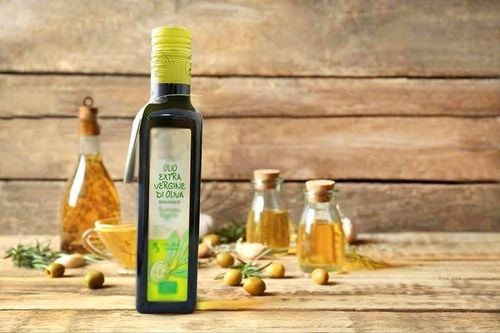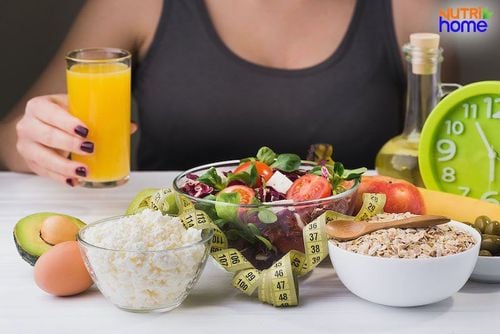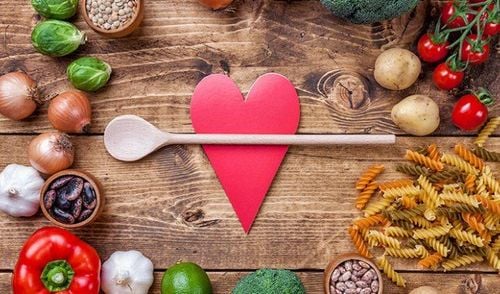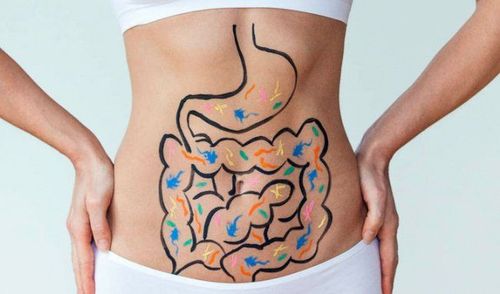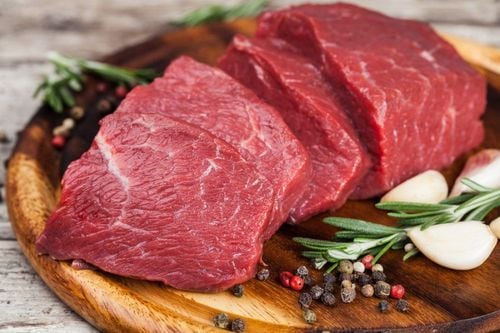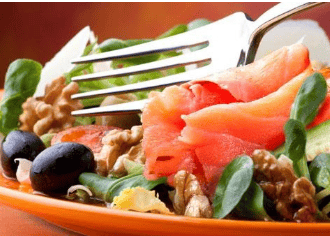This is an automatically translated article.
Cooking oils and solid fats are indispensable food groups in life. Between them there are quite typical similarities and differences that users can easily distinguish.
1. Solid fat overview
1.1 What is Solid Fat? Solid fat is a fat that is solid when placed at room temperature, such as beef fat, butter, shortening (also known as sheep fat, is a fat produced from vegetable oils such as cottonseed oil, soybean oil, etc.) ). Solid fats are mainly of animal origin. In addition, solid fats can also be made from vegetable oils through hydrogenation.
Some common solid fats are: butter, beef fat, chicken fat, cream, lard, butter, dairy fat, margarine cubes, shortening. In addition, there are fully and partially hydrogenated oils, coconut oil, palm oil, and palm kernel oil (still considered solid fats because they are high in saturated or trans fats).
1.2 Foods that contain solid fats Most solid fats are high in saturated/trans fat, low in monounsaturated or polyunsaturated fats. Animal products that contain solid fats also contain cholesterol. Saturated fats and trans fats (found in solid fats) tend to raise the level of bad cholesterol (LDL) in the blood. And this increases the risk of cardiovascular diseases. Therefore, to reduce the risk of cardiovascular disease, in the daily diet, each person should reduce the amount of foods containing saturated fat and trans fat.

Chất béo bão hòa và chất béo chuyển hóa làm tăng nguy cơ mắc các bệnh tim mạch
Some foods contain solid fats including:
Desserts and baked goods: Cakes, doughnuts, cookies,...; Cheese and cheese foods: Pizza; Sausages, bacon, smoked ribs; Ice cream, dairy-based desserts; Potatoes are fried in solid fat or hydrogenated oil; Ground beef with grease; Fried chicken and chicken dishes with skin. 1.3 Some solid fats are invisible In some cases, fat cannot be seen in foods. Specifically, the fat in raw milk is solid fat. Milk fat (butter) is a solid at room temperature. However, it is suspended in the milky solution (due to the homogenization process.
2. The difference between cooking oil and solid fat
Cooking oils are fats that are liquid at room temperature - like vegetable oils used in cooking. Oil can be extracted from a variety of plants such as corn, peanuts, and even fish. The oil is high in monounsaturated and polyunsaturated fats.
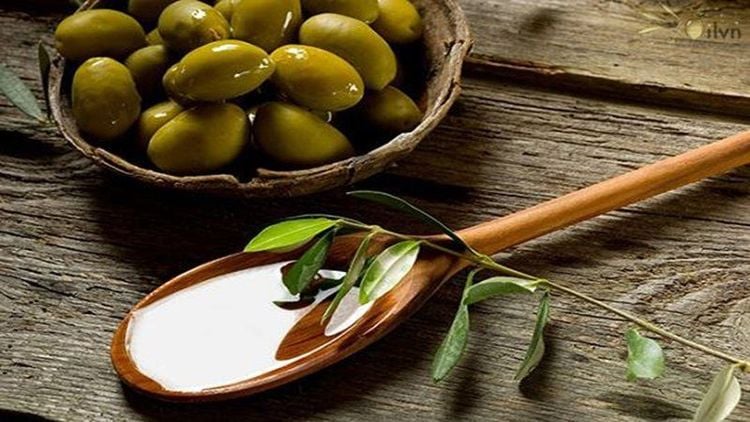
Dầu ăn có thể được chiết xuất từ nhiều loại thực vật khác nhau
Solid fats are fats that are solid at room temperature. Solid fats are derived from animals (possibly plants through hydrogenation). Solid fats contain high levels of saturated/trans fat.
Solid fats and oils provide the same number of calories per gram. However, in general, oils are healthier than solid fats because they are lower in saturated fat/trans fat.
Thus, the difference between cooking oil and solid fat is mainly in 2 points, including: state (liquid/solid) and type of fat in it (saturated/unsaturated). Reducing the use of solid fats, replacing them with cooking oil will be good for health in general, and the cardiovascular system in particular.
Any questions that need to be answered by a specialist doctor as well as customers wishing to be examined and treated at Vinmec International General Hospital, please contact the Website for the best service.
Please dial HOTLINE for more information or register for an appointment HERE. Download MyVinmec app to make appointments faster and to manage your bookings easily.
References:choosemyplate.gov, chefjob.vn




